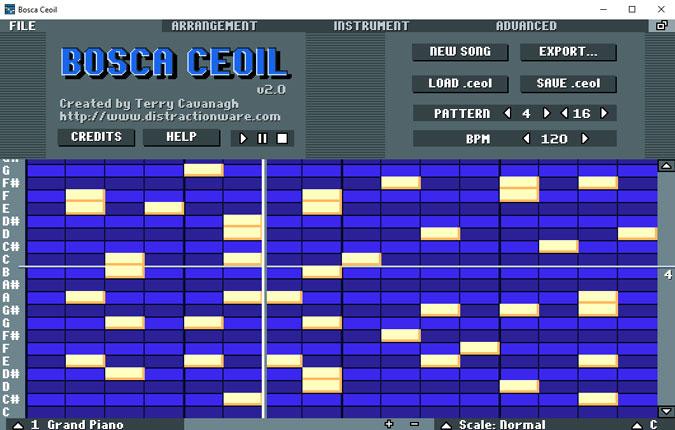
goes through the case design, showing how it all fits together with a combination of screws and standoffs. It’s combined with some slick capacitive buttons that avoid the need to drill holes for bulky traditional buttons. Laser cut clear acrylic is combined with a bright LCD character display and some LEDs which create an effect not unlike a glowing magical block from your 90s platformer of choice. The laser cut case lends the device a great aesthetic.Ĭase design is where this project really shines. Audio output is clean and crisp, as heard in the test video. Being chiptunes, these files store both the instrument data as well as the note data for the music. The heavy lifting is handled by an FPGA, which emulates the SNES’s S-SMP sound processor, and handles loading the music from the SPC-format files. A little more off the beaten track in the chiptune scene is the Super Nintendo, but has struck out and built a chiptune player for SNES-based music. Performers of the art overwhelmingly favour the various flavours of Game Boy, though there are those who work with such varied machines as the Commodore 64, Sega Genesis, and the Nintendo Entertainment System. Suddenly it all seemed so clear - I could probably get away with a bunch of potentiometers and some passives and call it a day! With a friend desperate to get their hands on a solution, I decided to mock up a prototype and took it round to the studio to try out.Ĭontinue reading “A Passive Mixer’s Adventure Through Product Development” → Posted in Business, Hackaday Columns, Musical Hacks Tagged chiptune, design, gmix, mixer, music, passive mixer, product designĬhiptunes are the fantastic, bleeping musical renditions of the soundchips of retro consoles past. I’d heard of people using headphone splitters with mixed results, and it got me thinking about passive mixing. It didn’t need to be gold-plated or capable of amazing sonic feats, it just had to take a few 3.5mm audio sources, and mix them down for a pair of headphones. To solve this problem, we needed a mixer to match the philosophy of the volcas simple, accessible, and compact. I wanted a way to hook up 3 of these machines to a single set of headphones and just groove out. It seemed like overkill - when you just want to muck around, it’s a bit much to drag out a 24 channel powered mixer.

Nes chip tune tempo Patch#
Most were suffering just like we were, trying to patch these little machines into full-sized mixing desks. Syncing was easy, by daisy chaining cables between the boxes, but if you wanted to record or mix, you’d generally need to stack adapters to get your signals in a more typical 6.5mm TS format used by other music hardware.Īfter mucking around, I did some research on what other people were doing. The volcas used 3.5mm jacks for audio and sync pulses, and the initial lineup came with a bassline, lead, and drum synth. Like any game-changing low-cost hardware, sacrifices had been made. There was the microKORG, a MiniNova, and a couple of guitars, but all attention was on the volcas, which were just so much fun to pick up and play with.
_004.png)
I attended a jam with friends from my record label, and as was the style at the time, we all showed up with our latest and greatest gear. Now practically anyone could become an electronic music sensation! Cheap synths and drum machines were suddenly a reality, all in a backpack-friendly form factor. Here's someone's chiptune cover of a Sigur Rós song.The year was 2014, and KORG’s volca line of pint-sized synthesizers were the latest craze in the music world.

They are commonly called 'bit pop', but I see some similarities between their simple anthemic melodies and some bits of Sigur Rós, e.g. I hear plenty of traditional instruments when I skim that list, but I agree with sleeping bear that Infinity Shred is one of the closest things I can think of. My complaint notwithstanding, here is a list the best post rock/chiptunes bands, for someone's interpretations of those words. Post-rock usually means rock instrumentation with non-rock motifs, rhythms and song structures.Ĭhiptune in the narrow sense means the instruments are PSG chips.Īs written, and literally taken, there can be no such thing as a post-rock chip tune, the instrumentation is mutually exclusive.īut I think maybe you just mean good, long, expressive chiptunes that don't wallow in standard rock or EDM tropes? I'm a little confused, so let's try to clarify terminology.


 0 kommentar(er)
0 kommentar(er)
